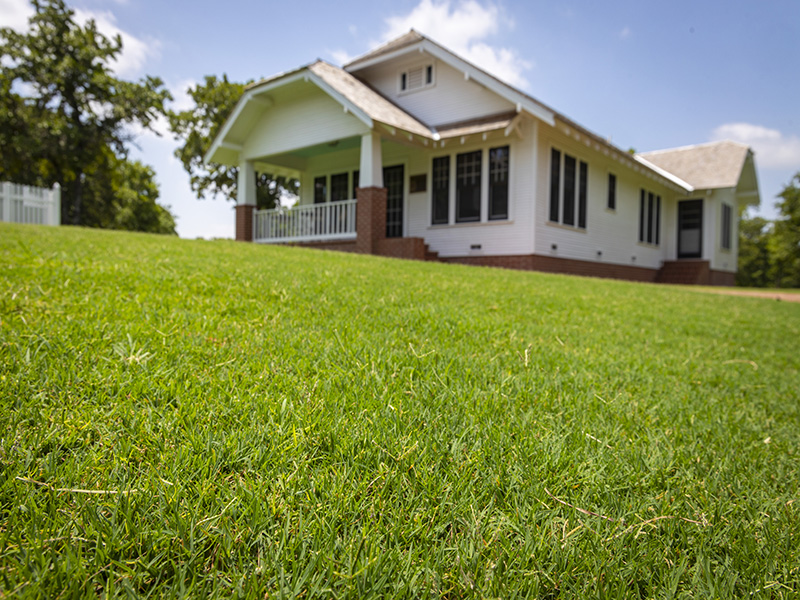Assessing Structural Damage After A Natural Disaster
One of the first major milestones on the road to recovering after a natural disaster
is assessing the structural damage to your property.
“Some damage is obvious, but the less-noticeable damage can cause problems just the same,” said Gina Peek, assistant director, Oklahoma State University Extension/Family Consumer Science program leader and associate dean for Extension and Engagement in the College of Education and Human Sciences.
Before making those personal assessments, however, homeowners should wait to approach property until authorities give the all-clear. After that, they can safely and thoroughly check the entire house, including the roof, foundation and walls.
Regardless of whether there is visible damage to the property, arranging for inspection by a licensed professional also is recommended. Document the condition of the property with photos or video and report any damage to the insurance company.
Be on the lookout for sagging ceilings, pooled water and wet insulation. Insulation that gets wet and stays wet must be replaced; sealed inside a building, wet walls typically don’t dry out completely.
Examine roofs closely for missing or damaged shingles, loose nails or potential leaks, and inspect the roof truss system because any damage in the truss could affect its strength.
“Check areas where the foundation and the structure meet to ensure no shifting has occurred,” she said. “Other signs of shifting include doors and windows that no longer open and close correctly. Water lines, gas lines and electrical circuits also may have been disturbed if the shifting is significant enough.”
Even when everything has been checked out, there’s one more step before repairs can begin, Peek said: Confirm whether you need building permits.

